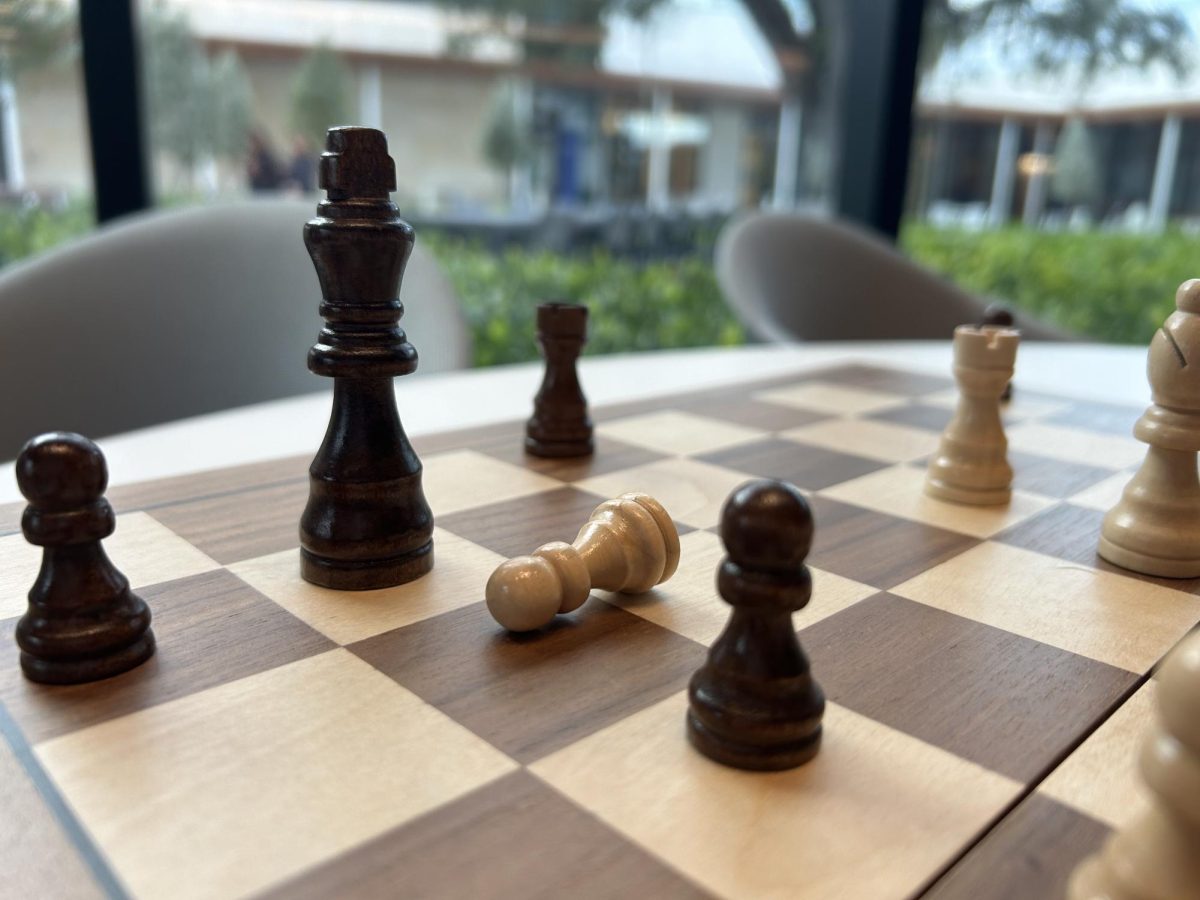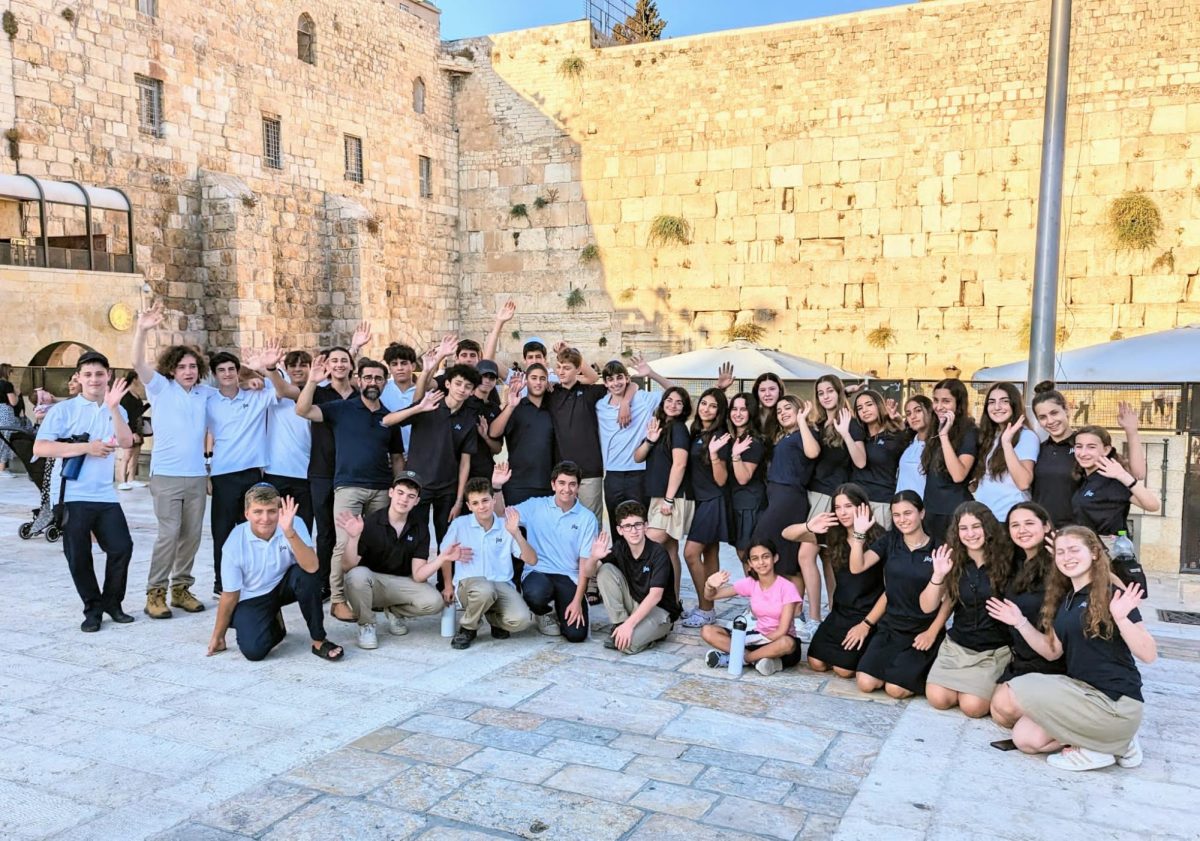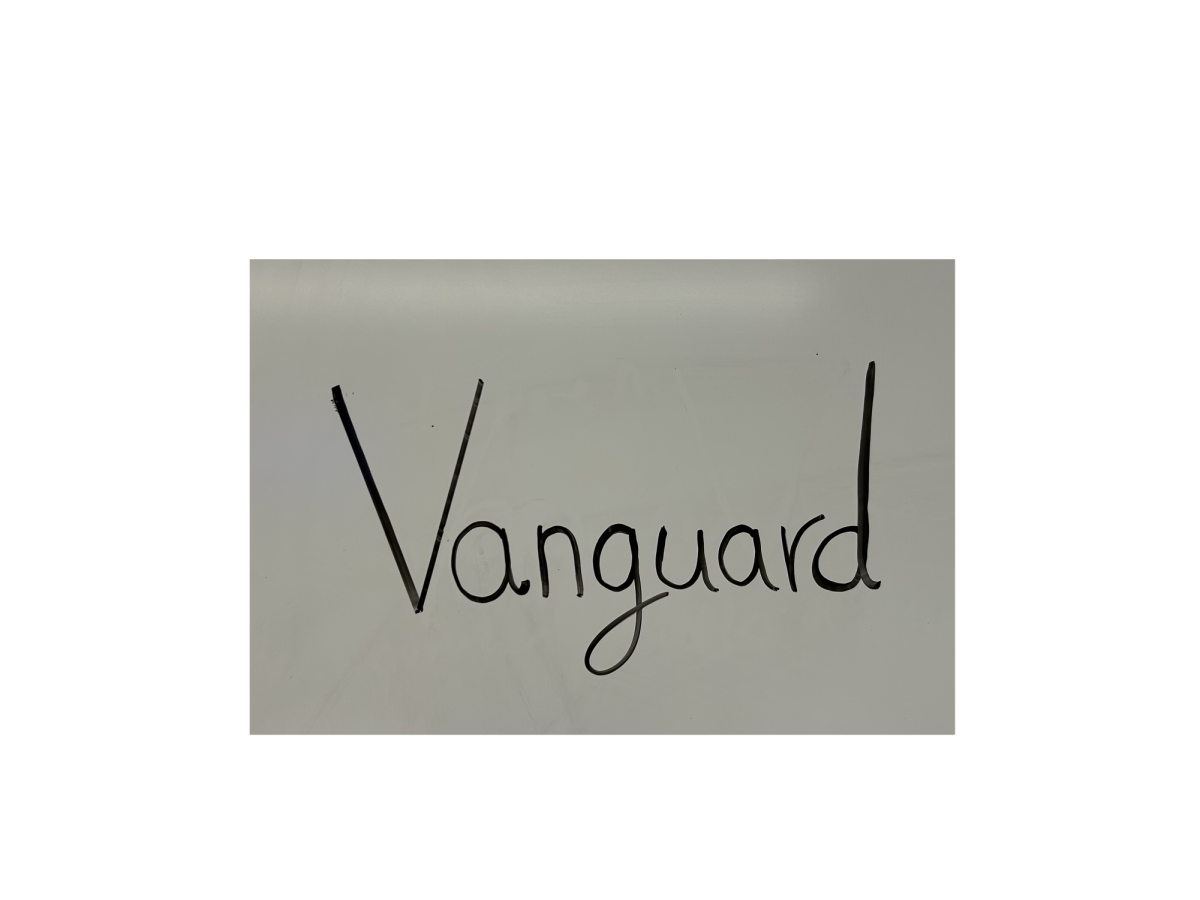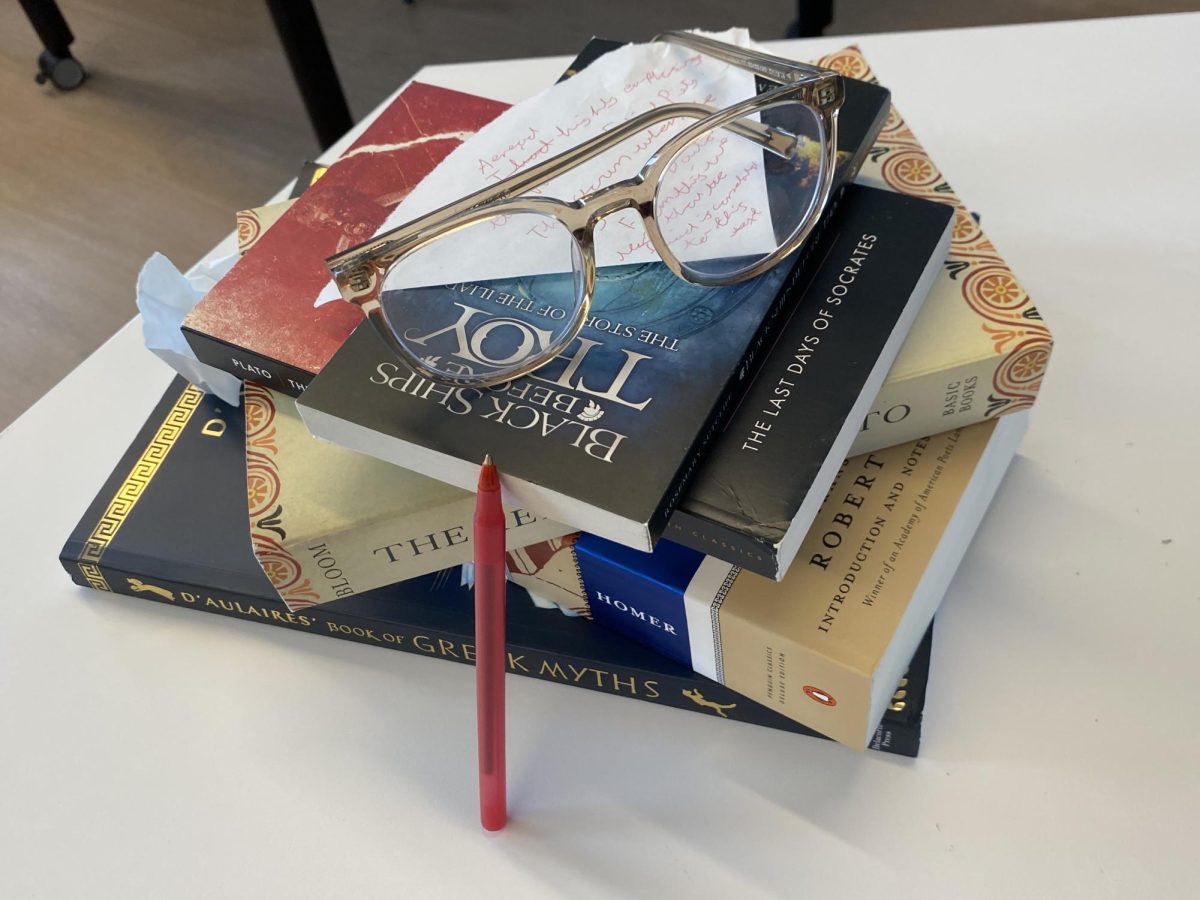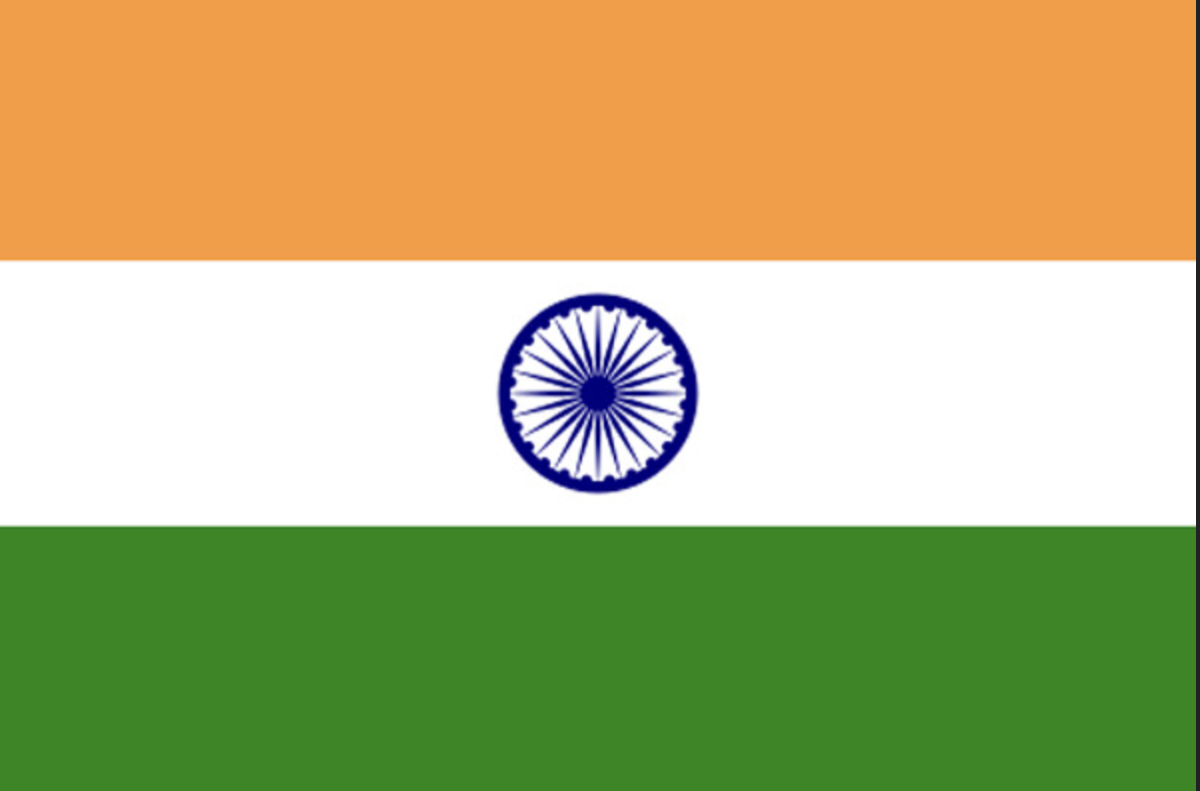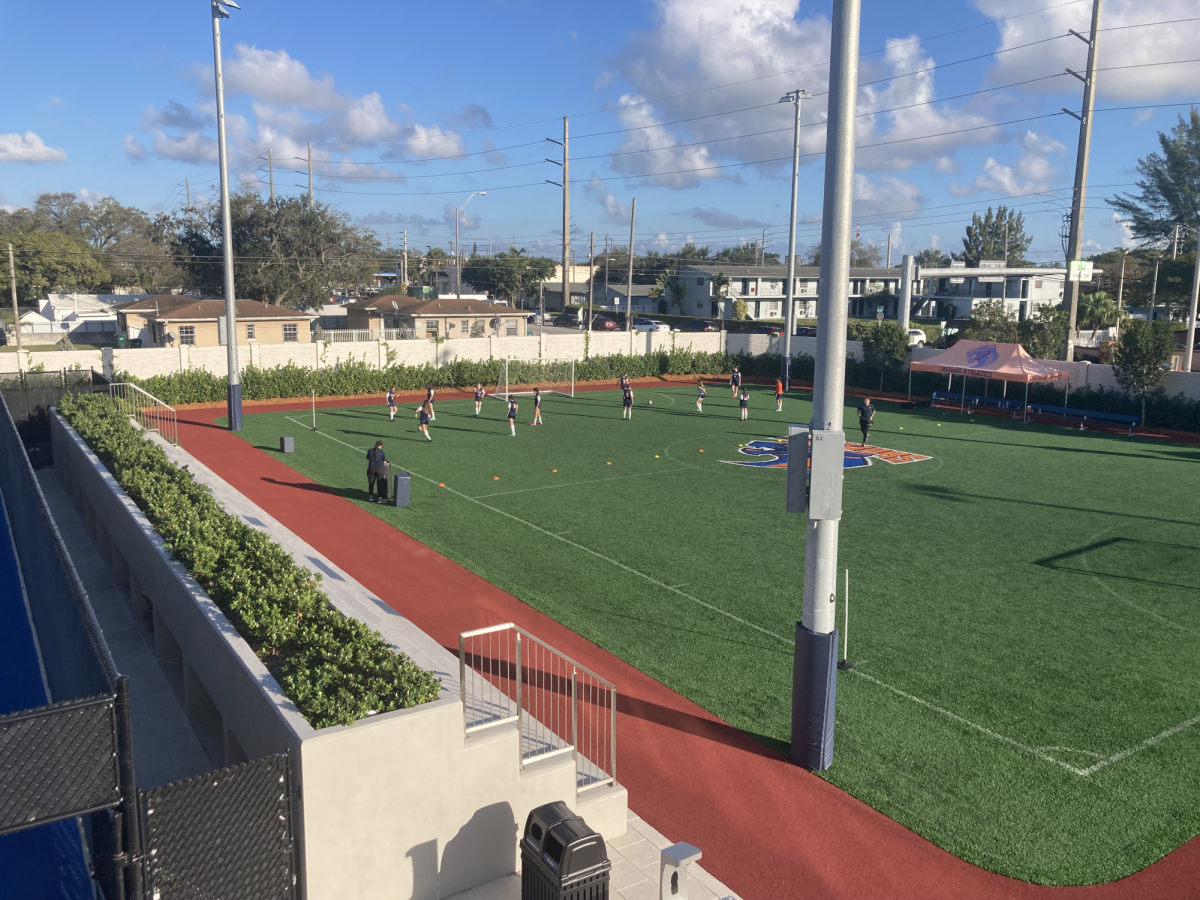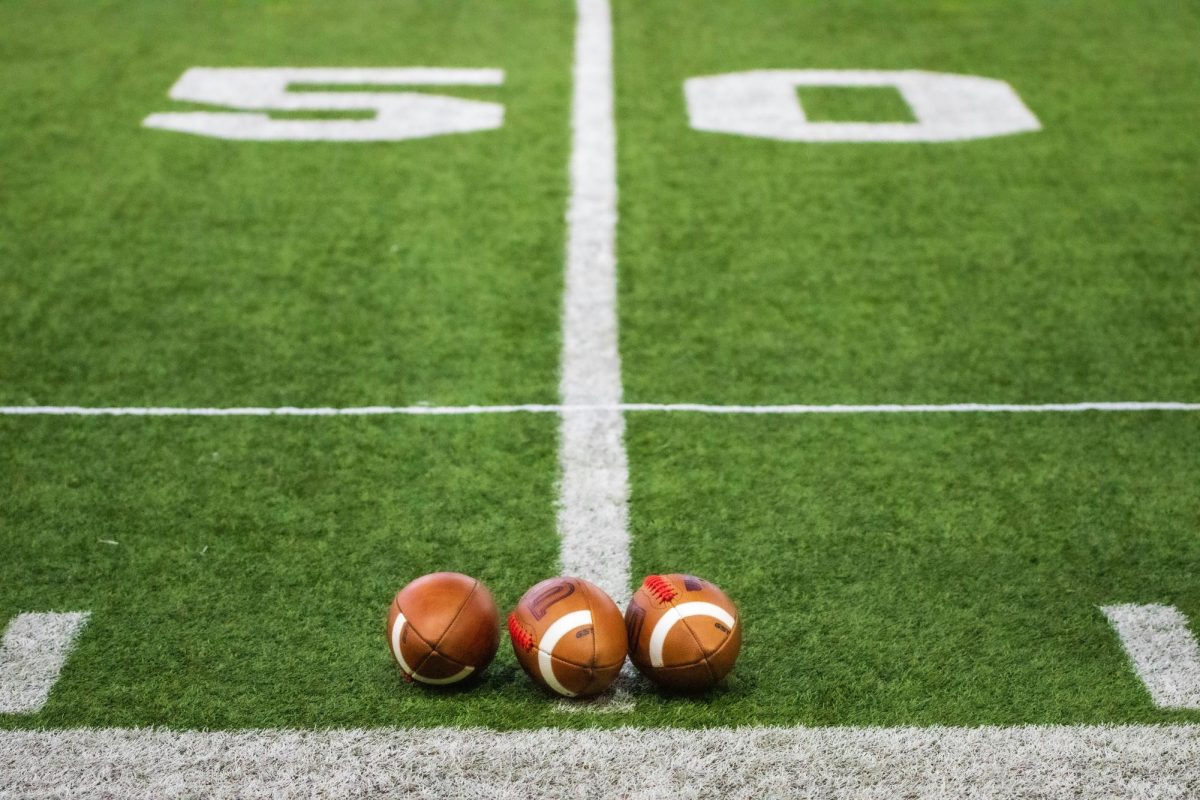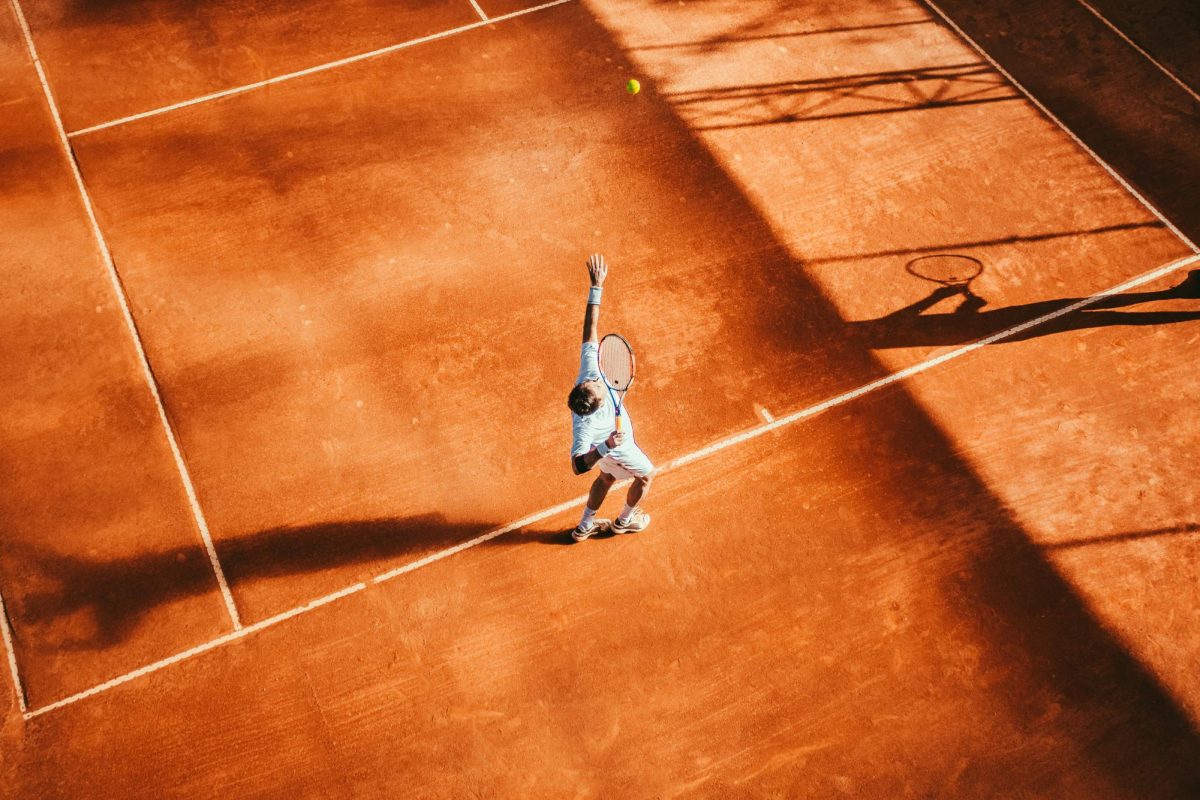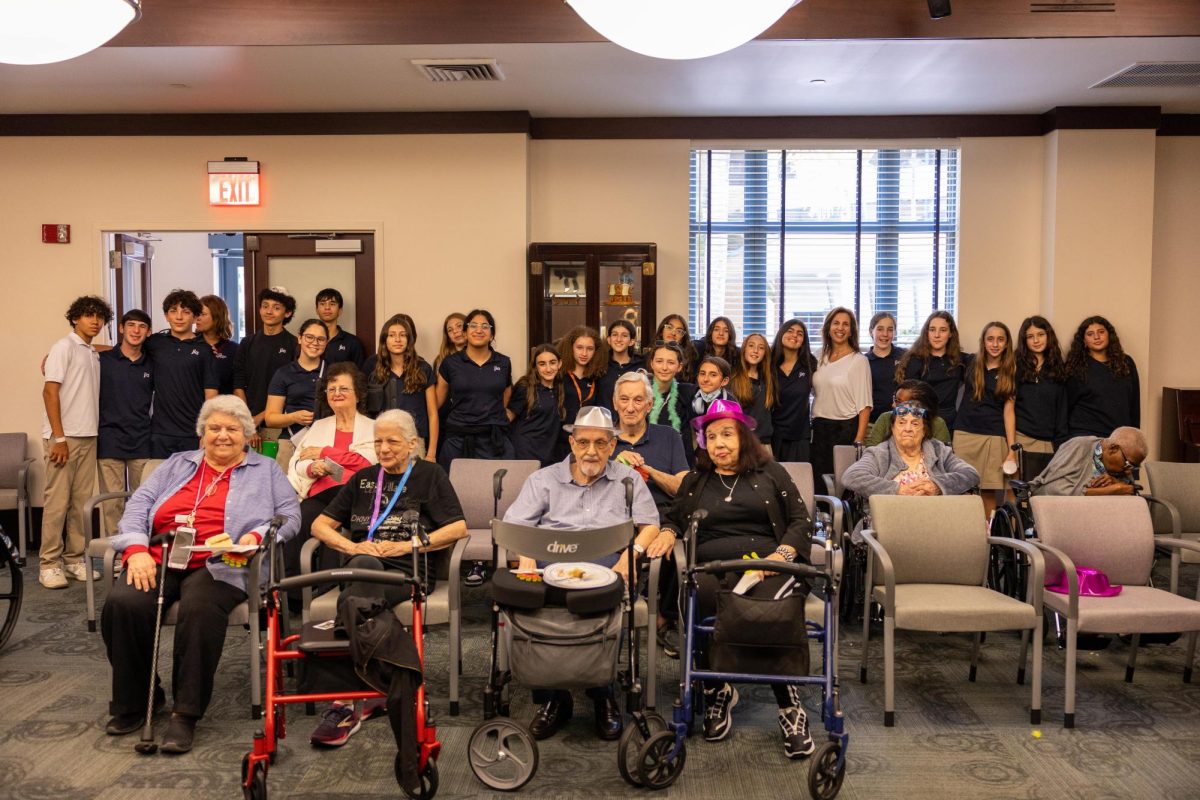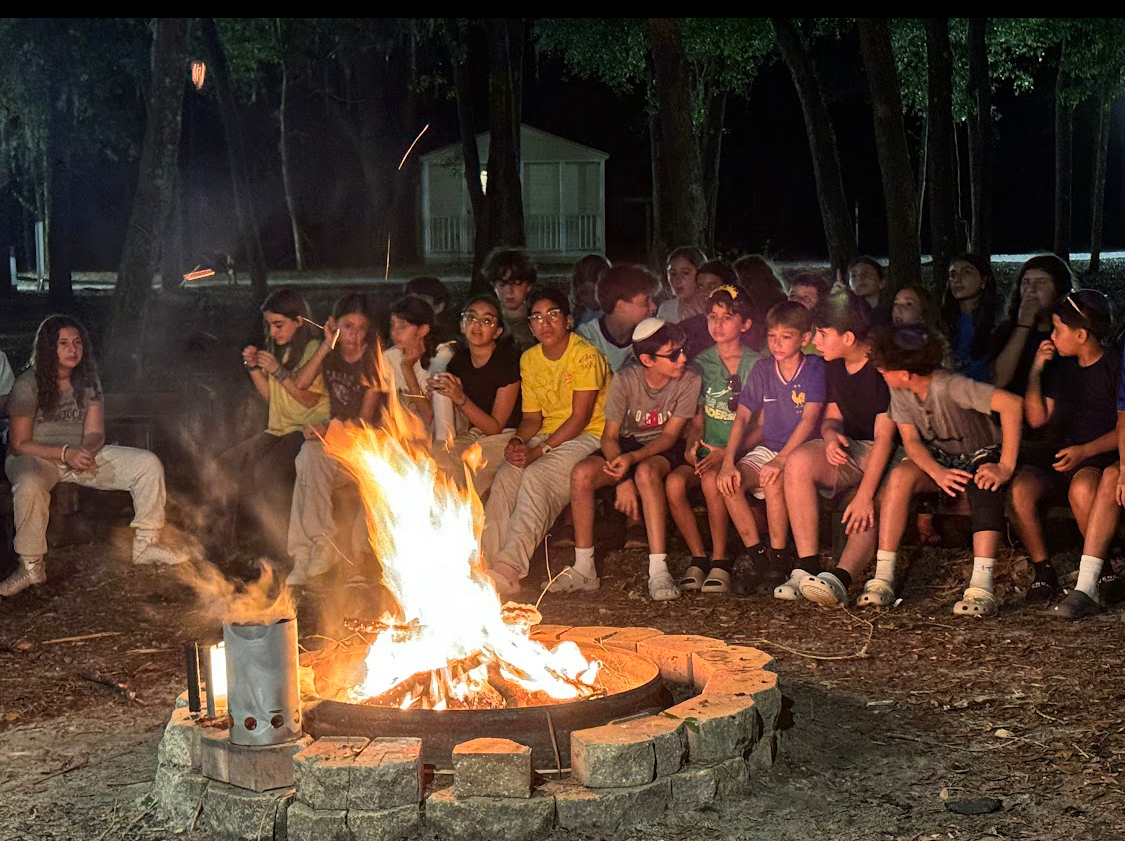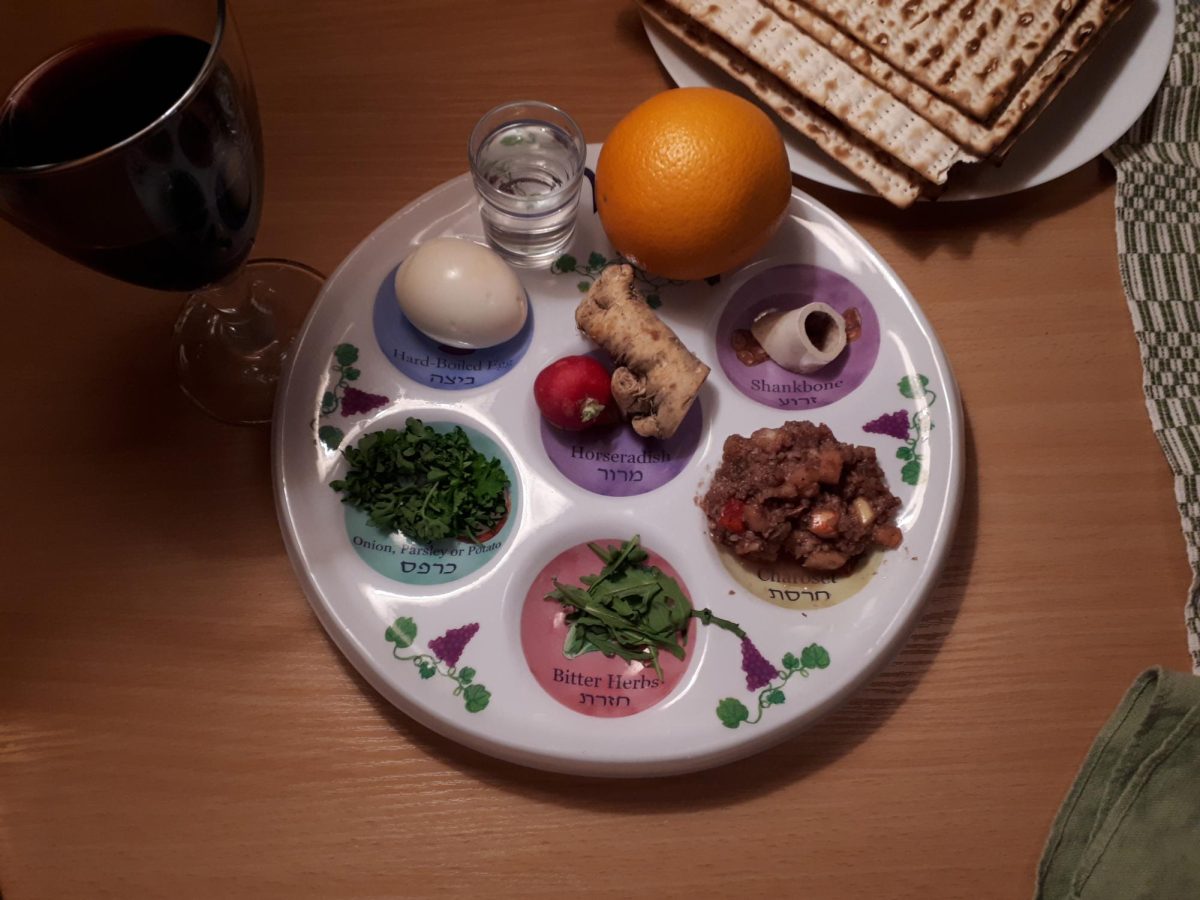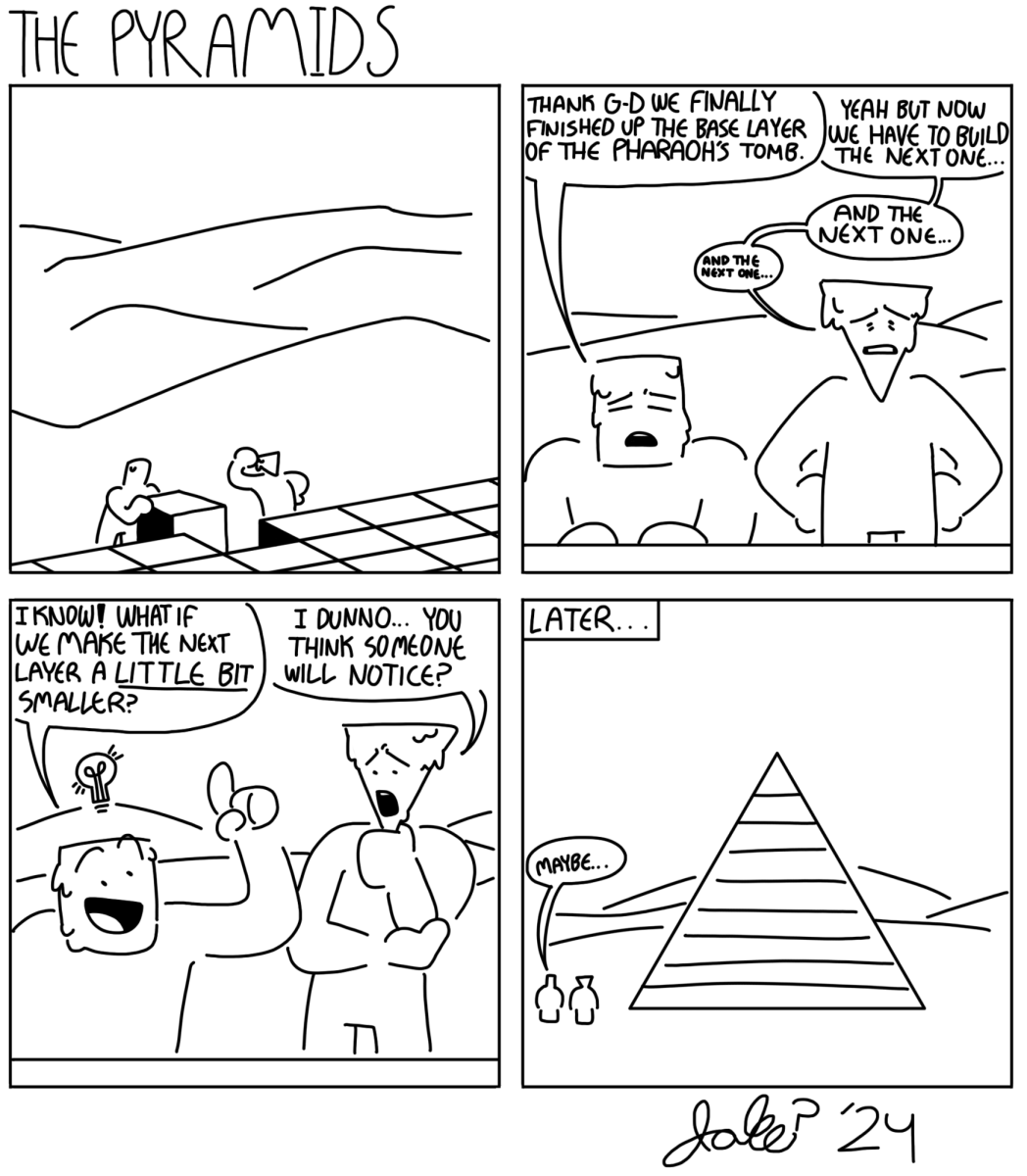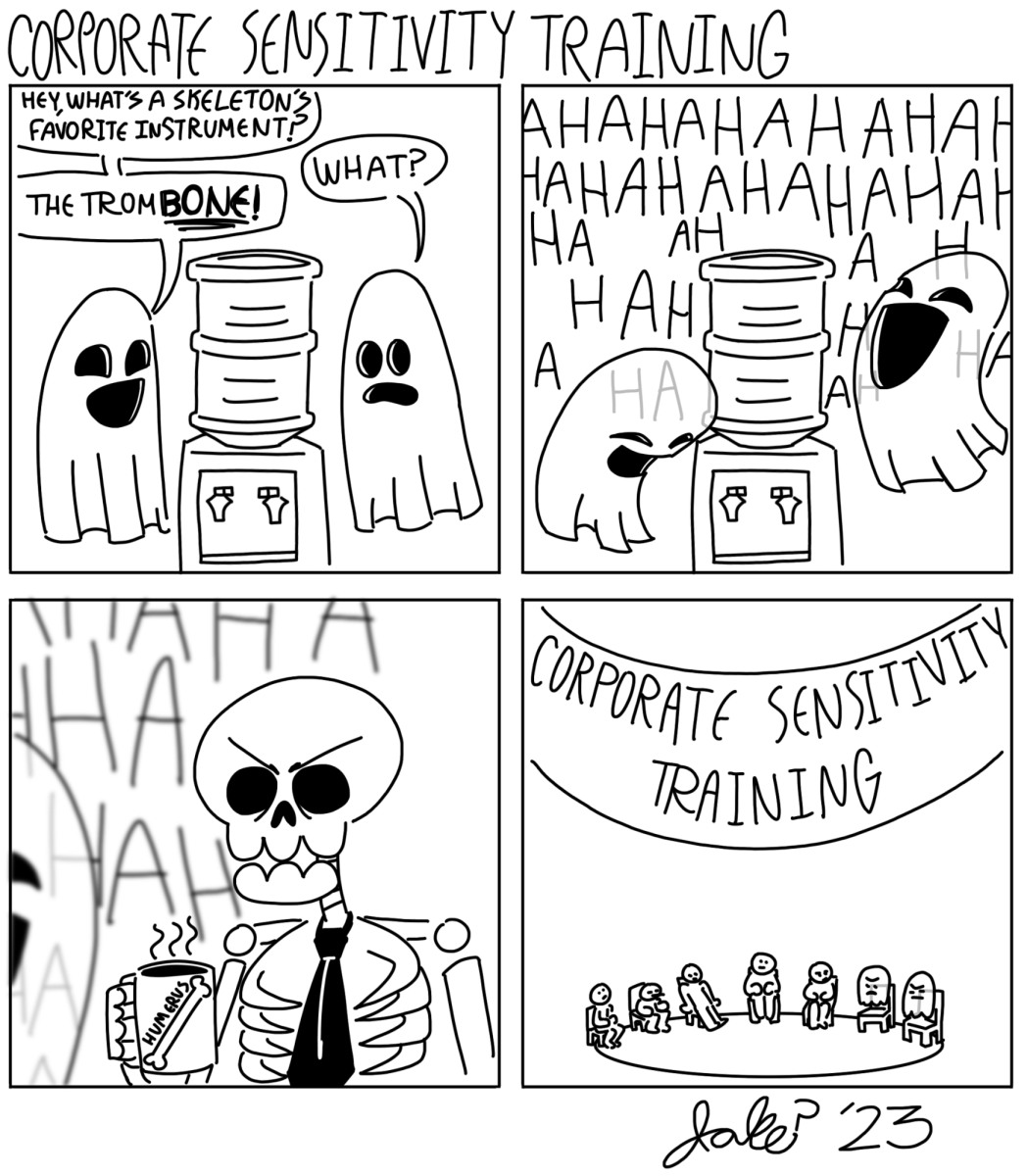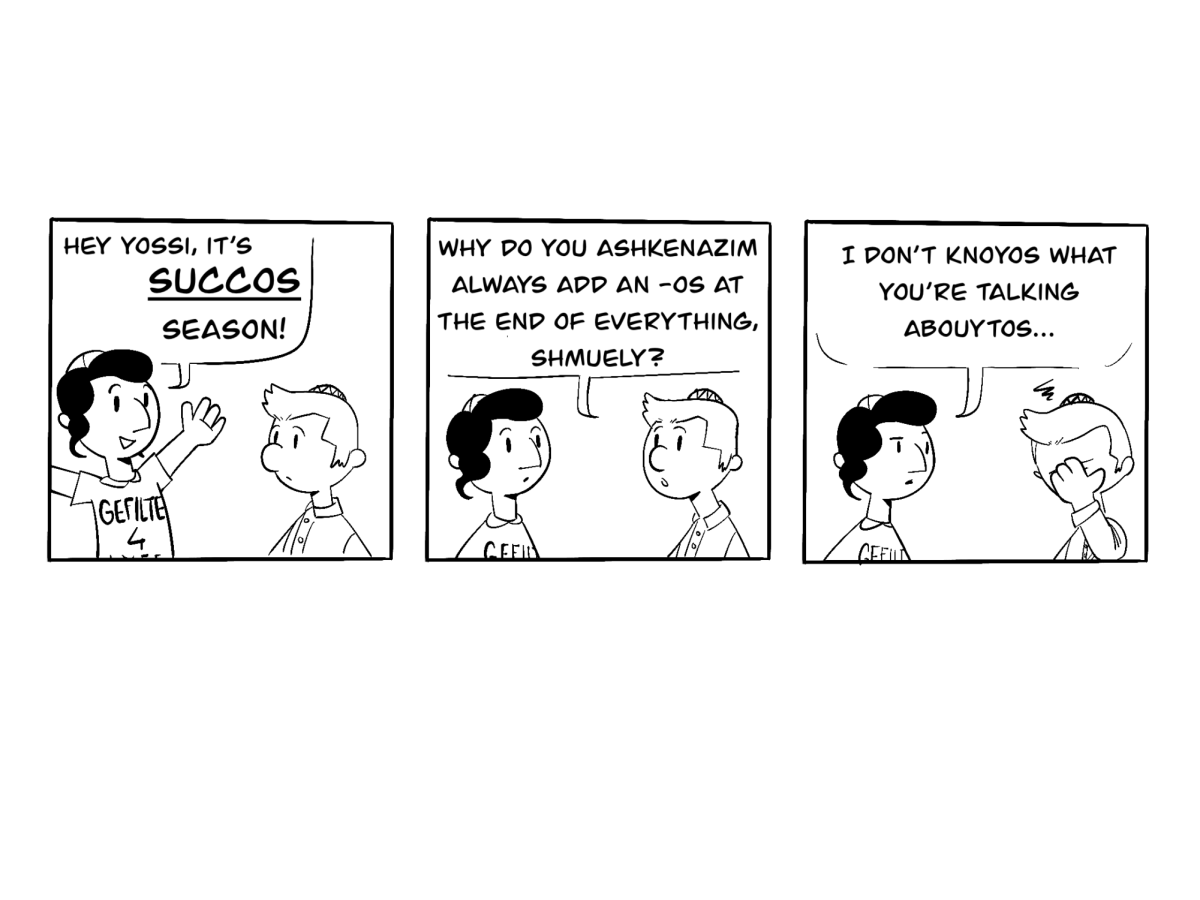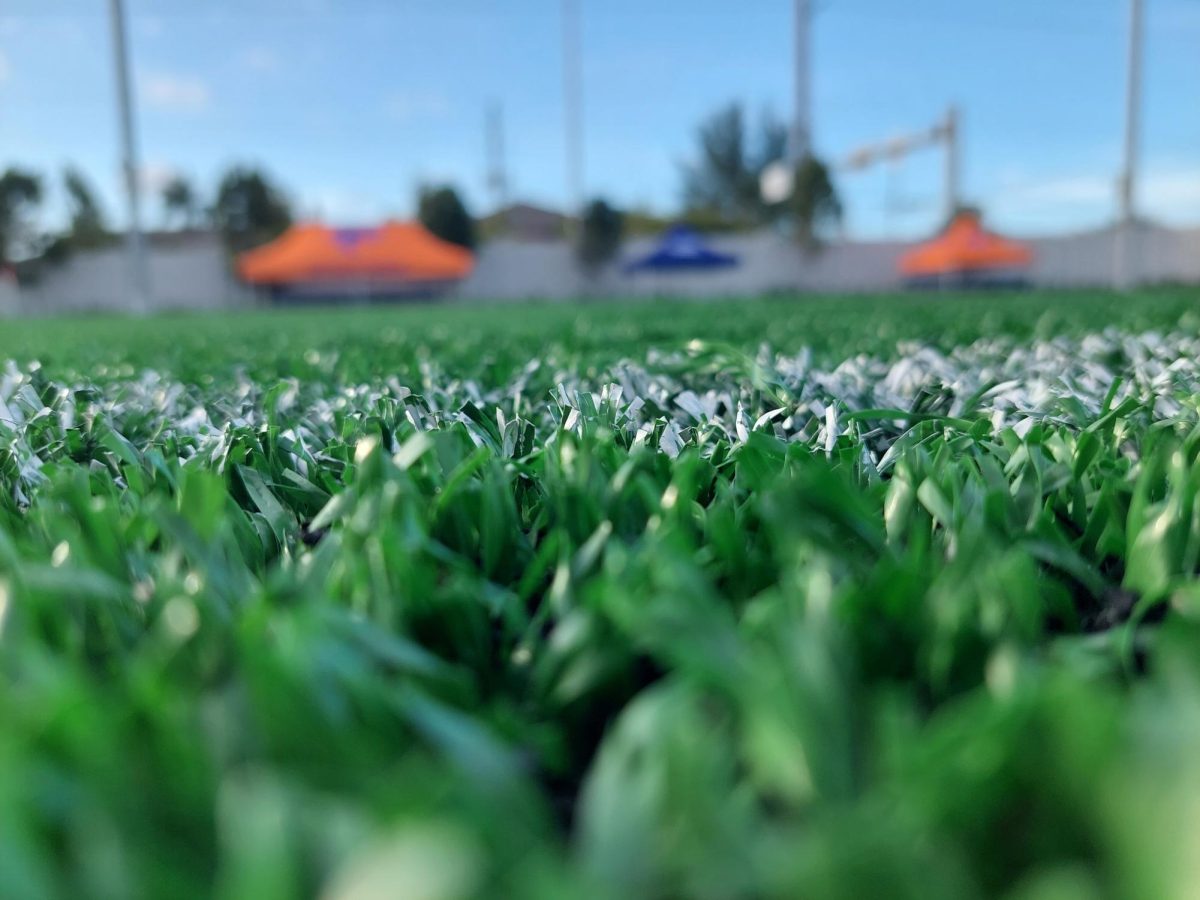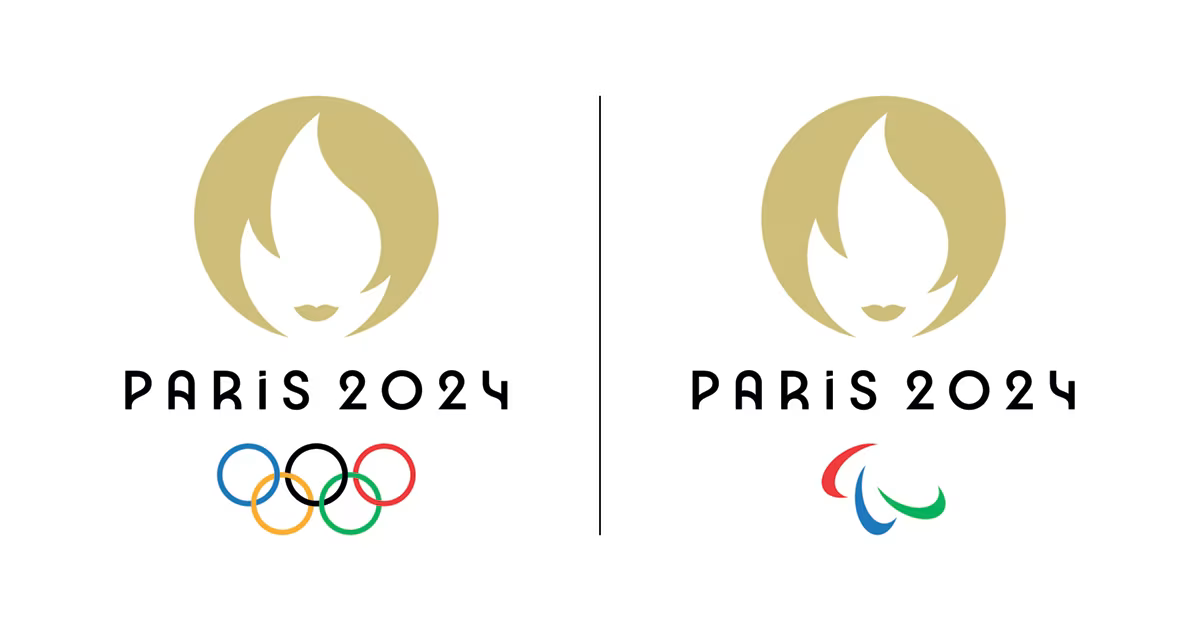Since its initial usage around 1965, artificial turf has been a topic of great discussion among the various communities within American Football, soccer, and other field-based sports. But what’s the difference between turf and grass, and why do so many athletes hate the artificial alternative?
Starting with a bit of history, the first synthetic field used at the first-ever domed stadium: the aptly named Astrodome in Houston Texas. It was one now called AstroTurf (a company that still makes artificial grass to this day), initially developed by Monsanto in 1962. It was initially conceived as an alternative for concrete and brick floors in urban recreational settings. In 1964, a new surface named ChemGrass (now AstroTurf) was developed, but it failed to be adapted in these areas due to the expensive cost of production. It was eventually installed in the Astrodome, instead. The initial design was a thick nylon carpet with short fibers laid over a soil base. Since then, turf has evolved to the classic rock-in-your-shoes grass substitute that we all know and despise off of inconvenience alone.
Synthetic grass holds many advantages over the real deal: Particularly in its low-maintenance nature and resistance to natural conditions. Real grass is very costly and time-consuming to maintain as it is susceptible to damage quite easily. Synthetic grass can be replaced quite simply and has now become very cost-effective. However, there is a very crucial reason that many professionals refuse to play on synthetic turf, one that has plagued the sports industry heavily since competitive sports were introduced: injuries.
One study published in 2019 observed the injury frequency on artificial turf versus the real alternative over a 10-year period. The study found that PCL (posterior cruciate ligament) injuries occurred 3 times as often on synthetic fields, and ACL (anterior cruciate ligament) injuries were 1.6 times as often to take place on turf. PCL and ACL tears are known for being very serious hindrances in sports, taking players out for very long periods of time (ranging from six to nine months depending on the gravity). Other studies have shown similar results. The same way that artificial turf causes far more knee injuries in professional sports, many studies have proven that ankle injuries are subject to the same pattern.
Many reasons for this injury crisis on turf have arisen, but one that has been widely accepted is that synthetic grass doesn’t absorb as much force as the real deal. The soil in grass and the moisture absorbed in it makes it more padded and easier to press down on since it absorbs the force you use to run. Since the artificial alternative does not provide this amount of absorption, a lot of the pressure is applied to the athlete, putting strain on the ligaments and limbs of the athlete. Due to this, professional soccer players who have gone to play in the U.S. such as Lionel Messi, Thierry Henry, David Beckham, and Zlatan Ibrahimovic refused to play on artificial fields. Current NFL players such as Cooper Kupp, Deebo Samuels, JC Tretter, and Micah Parsons have also outwardly expressed their negative feelings towards artificial fields in the NFL.
Overall, the argument between artificial turf and real grass will never have a definitively correct answer, and it’ll always be up to interpretation. The best I can do is provide you with the facts and let you, the reader, decide for yourself. Turf or grass? Does cost-effectiveness justify the increased risk of injury? The current JLA field is made of artificial turf, but it’s always important to see both sides of the argument and understand why this material can be so controversial.
Sources:
Synthetic Turf: History, Design, Maintenance, and Athlete Safety – PMC
AstroTurf®, The Story Behind the Product That Revolutionized Sports Surfaces
Injuries Related to Artificial Turf | National Center for Health Research
Only Natural Grass Can Level The NFL’s Playing Field | NFLPA


